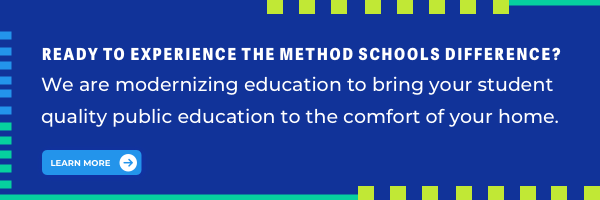The Benefits of Project Based Learning
Many parents and educators don't realize how large of an impact project based learning (PBL) can have on the education of middle and high school students. Part of the reason for this is simply that they may not have been exposed to the concept; they can't endorse something if they don't know it exists or how it's different from the education their child receives every day.
Project based learning is a nontraditional education model that seeks to better prepare students for solving real-world problems and issues while teaching them what they need to know to succeed in school right now. Project based learning structures curriculum around discrete projects, presenting students with multi-step problems to solve or asking them complex questions they are then required to answer. Such projects often force students to use multiple learning techniques to succeed, including research, logical deduction, and iterative learning (trial and error). Since these projects are usually too large and complex for one student to do alone, project based learning also tends to encourage teamwork.
"But my child's school already assigns him projects," you ask. "How is this different?" Well, project based learning is different in a few ways. First of all, project based learning is structured almost entirely around projects, while a more conventional approach simply uses projects to reinforce the topics covered in lecture. Second, project based learning focuses on simulating real-world situations, while many conventional projects are still purely academic in nature. While conventional learning would have physics students learn the formula for motion in lecture and apply it in word problems or on a computer simulation, project based learning would provide students with a ball bearing, a launch mechanism, and a target in a specific location and tell the students to figure out how to hit the target consistently no matter where their launch mechanism is located in the room. The students would have to research the formula for motion and its applications, measure the physical properties of the ball bearing, and then devise a system to determine the correct setting for the launch mechanism based on its distance from the target.
Connecting academic situations to the real world is one of the largest benefits of project based learning. Students learn with the same approach they will eventually use in their hobbies, passions, and careers. This ingrains essential problem-solving techniques within them early on, drastically increasing their chances of success in whatever career they choose once their education has completed. Part of this is that project based learning requires the use of multiple problem-solving methods, which helps students not only cultivate a balanced approach but also learn to switch approaches when their initial attempt fails to work.
Another benefit of project based learning is its affect on students' interpersonal skills. Because projects are often large and complex, students are grouped together to work, which fosters communication skills and encourages even students with diverse and possibly conflicting personalities to find a common ground, or at the very least a way to work together without constant tension. Part of this teamwork building helps introduce students to the specialization and delegation that are extremely prominent in the real world. Some students will naturally be more adept at some problem-solving methods than others, so students will figure out how to allocate resources (themselves) optimally by having part of the group work on one subset of tasks while another part works on another subset.
Overall, project based learning encourages students to develop a balanced, diverse approach to solving real-world problems, both on their own and in a team. Project based learning prepares students for success in the real world like no other teaching style can.




-1.svg)
-1.svg)
.svg)
.svg)
.svg)

.svg)










.svg)
.svg)

